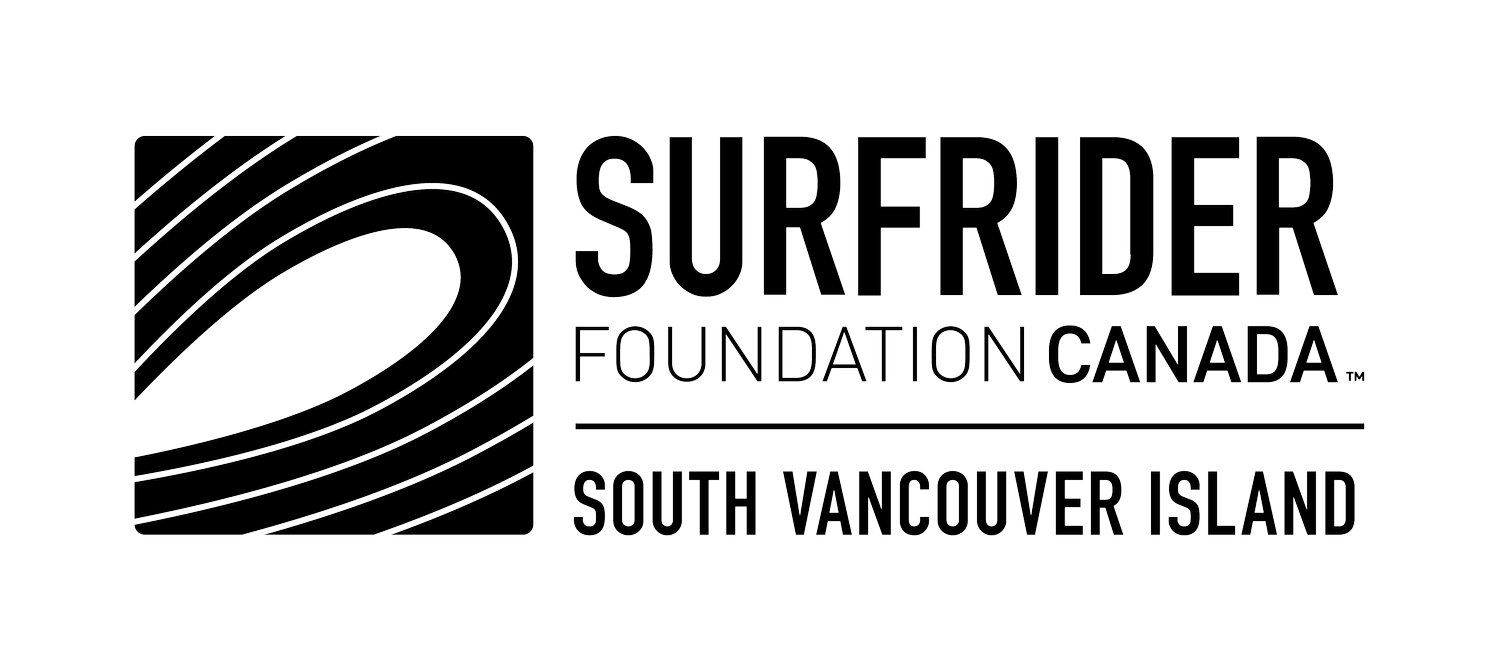
Surfrider South Vancouver Island
Ocean Friendly Resources
The Case for Reform: British Columbia Must Regulate Single-Use Plastics
A UVic Environmental Law Centre Clinic report prepared for: Kids for a Plastic Free Canada.
Plastic Production and Climate Change Q&A
You asked, we answered. Here's a quick Q&A about the links between plastic production and climate change.
UN Report on Microplastics
Microplastics are tiny plastic particles up to 5mm in diameter. In the last four decades, concentrations of these particles appear to have increased significantly in the surface waters of the ocean. Concern about the potential impact of microplastics in the marine environment has gathered momentum during the past few years. The number of scientific investigations has increased, along with public interest and pressure on decision- makers to respond.
Plastic & Health: The Hidden Costs of a Plastic Planet
Despite being one of the most pervasive materials on the planet, plastic and its impact on human health is poorly understood. Human exposure to it grows with increasing plastic production and use. Research into the human health impacts of plastic to date have focused narrowly on specific moments in the plastic lifecycle, from wellhead to refinery, from store shelves to human bodies, and from disposal to ongoing impacts as air pollutants and ocean plastic. Individually, each stage of the plastic lifecycle poses significant risks to human health. Together, the lifecycle impacts of plastic paint an unequivocally toxic picture: plastic threatens human health on a global scale.
Children's Book: Ocean Champions: A Journey into Seas of Plastic
Ocean Champions teaches about the devastating impacts that plastic debris in our oceans is having on marine life, to raise awareness in youth, teachers, and families, and others, and inspire positive actions to reduce the amount of plastic that is entering our oceans. For young students, the story also contributes to the development of social responsibility, critical thinking, and communication. The website contains additional information including teaching aids with activities. Anytime a teacher orders a book, they will also receive the link to the digital flipbook to use in their classroom along with their physical book.
Single-Use Plastics Report
The benefits of plastic are undeniable. The material is cheap, lightweight and easy to make. These qualities have led to a boom in the production of plastic over the past century. This trend will continue as global plastic production skyrockets over the next 10 to 15 years. We are already unable to cope with the amount of plastic waste we generate, unless we rethink the way we manufacture, use and manage plastics. Ultimately, tackling one of the biggest environmental scourges of our time will require governments to regulate, businesses to innovate and individuals to act.
This downloadable paper produced by the U.N. sets out the latest thinking on how we can achieve this. It looks at what governments, businesses and individuals have achieved at national and sub-national levels to curb the consumption of single-use plastics. It offers lessons that may be useful for policymakers who are considering regulating the production and use of single-use plastics.
Ocean Wise Plastic Education Resources for Teachers
The Ocean Wise has produced a detailed set of resources for teachers of Elementary, Middle and High Schools to get your classroom started with your single-use plastic free challenge today.
Action plan for the reduction and phasing out of single use plastics in a municipality
Using the “Ban The Bag” campaign as an example. This document shows how to plan and execute a plastic ban campaign in a city or town, and can be used as a guideline for any single-use plastic ban.
Seven Reforms to Address Marine Plastic Pollution
A document created by the University of Victoria Environmental Law Centre outlining 7 key recommendations to address the growing marine plastic problem.
Report on Compostable and Biodegradable Plastics
Learn the differences between the different types of alternative plastics, and why some can be problematic.










